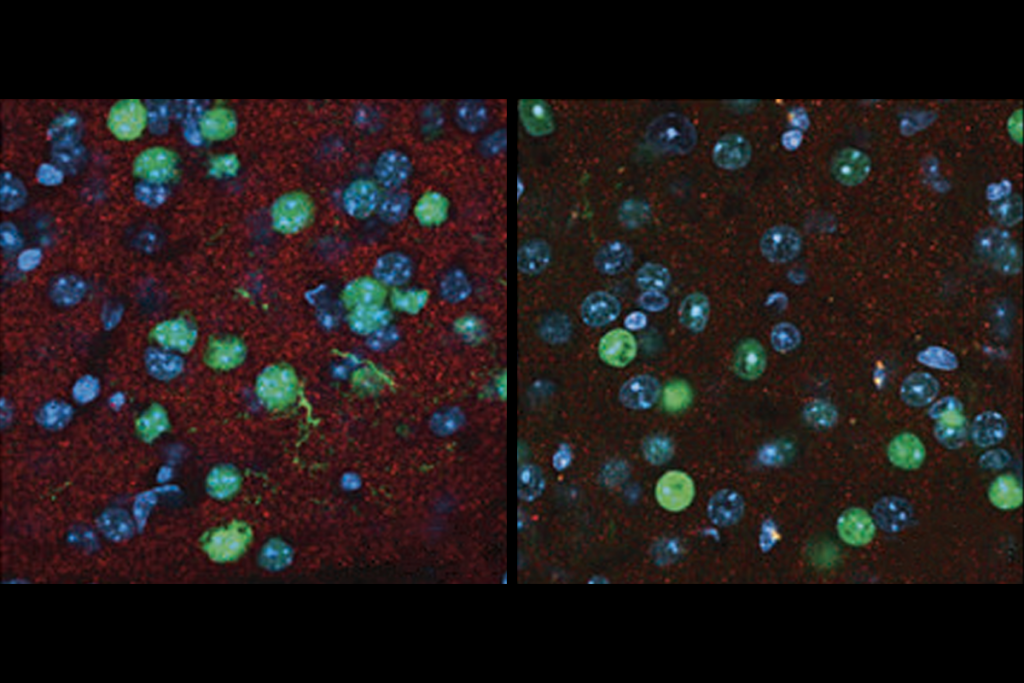Genetic switch labels active neurons in mouse brains
A new method, described 5 June in Neuron, allows researchers to tag only those neurons that are active during the following 12-hour time window.
A new method, described 5 June in Neuron, allows researchers to tag only those neurons that are active during the following 12-hour time window1.
The technique can help researchers study how certain behaviors translate into neural activity.
The approach is based on CRE recombination, which has revolutionized genetically engineered mouse models. CRE is an enzyme that works like a switch, turning on engineered genes at will — in this case, in response to a drug called tamoxifen. By using the cell’s own regulatory regions to control CRE, researchers are able to activate proteins in certain cell types or at distinct stages of development.
In the new study, researchers fused CRE to the regulatory region in one of two ‘immediate early genes,’ called ARC and FOS. These genes are the first to be expressed in active neurons, and serve as markers of cellular activity.
Using these fused genes, researchers engineered mice that express a red fluorescent protein only in active neurons after tamoxifen injection. They then mapped the neurons that switch on after visual, auditory or sensory stimuli.
For example, they looked at the neurons that light up in response to the tickle of a mouse’s whiskers. These are neurons in the somatosensory cortex, with each whisker being connected to a discrete group of neurons in the region.
After injecting mice with tamoxifen, the researchers let them explore a cage filled with obstacles. The brains of these mice showed activity throughout the somatosensory cortex.
When the researchers removed one whisker before injecting tamoxifen, however, a dark square in the sensory cortex showed that certain neurons had remained dormant. Conversely, removing all the whiskers except this one lit up activity in just this square.
The method can similarly be used to manipulate the expression of any gene that researchers wish to study. For example, they could use molecules that glow when neurons are active, or those that prompt neurons to fire in response to beams of light.
References:
- Guenthner C.J. et al. Neuron 78, 773-784 (2013) PubMed
Recommended reading
Home makeover helps rats better express themselves: Q&A with Raven Hickson and Peter Kind

Genetic profiles separate early, late autism diagnoses

SHANK3 deficiency and behavior in mice; and more
Explore more from The Transmitter
Psilocybin rewires specific mouse cortical networks in lasting ways
